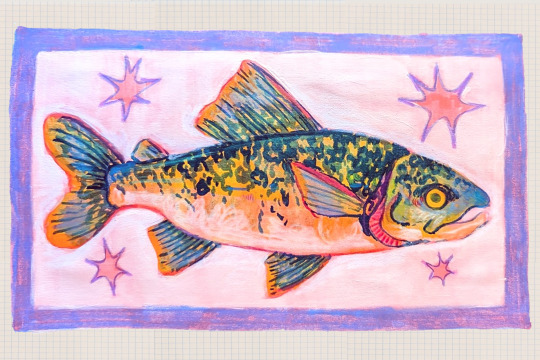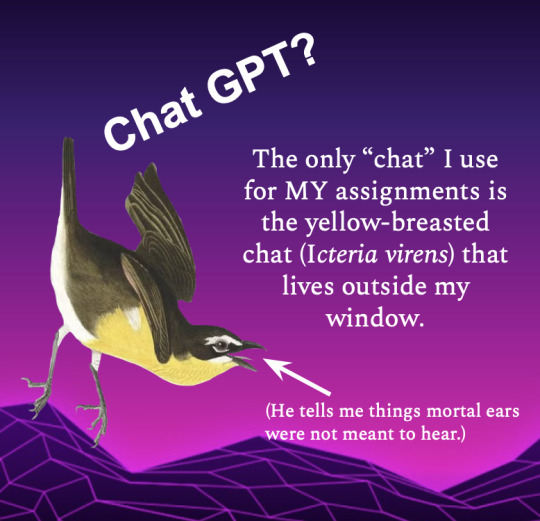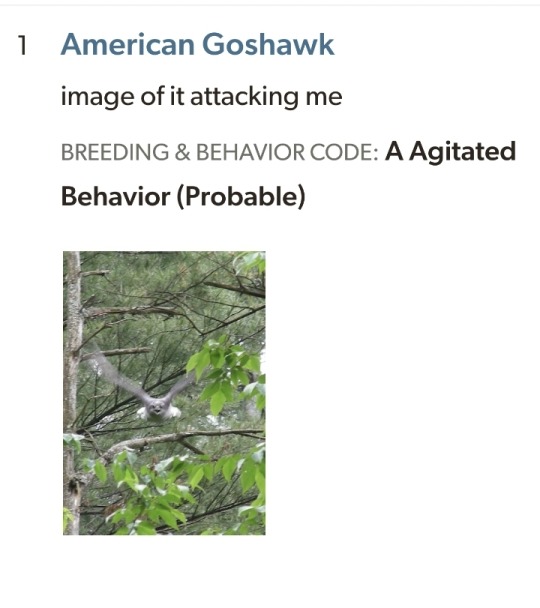Photo

Acetabularia crenulata
Mermaid’s Wineglass
What’s really cool about these guys is that each little cap and stem is unicellular. So one shoot is ONE CELL. The nucleus sits in the rhizoid (the anchoring part of the organism) so that if the cell is decapitated, it can still function.
In the 1930′s - 1950′s, Joachim Hämmerling experimented with various species of Acetabularia. He found that if he grafted a cap from A. crenulata onto the base of A. mediterranea, and vise versa, the cap would change to match that of the base it was grafted on to. In this way, Hämmerling is responsible for proving that the nucleus of the cell contains the genetic information necessary for cellular development.
Here’s a nice write up concerning Hämmerling’s work.
938 notes
·
View notes
Text
good news guys. i found a falcon nest cam where two wood pigeons come by several times a day trying to build a new nest on top of the falcon nest. the falcon nest with falcon eggs currently inside of it and two parent falcons guarding it
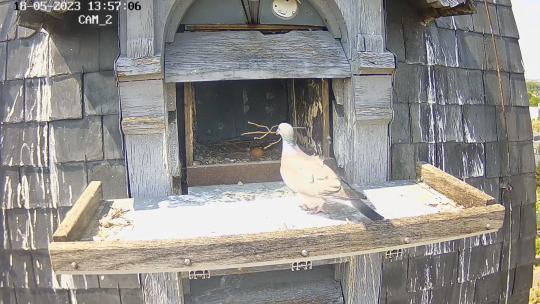
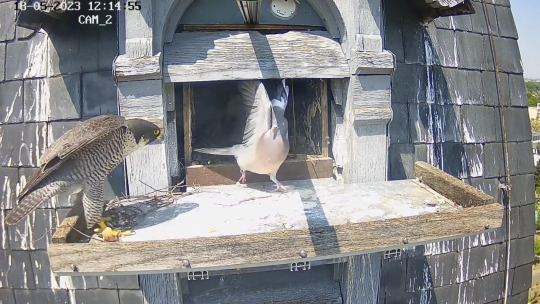
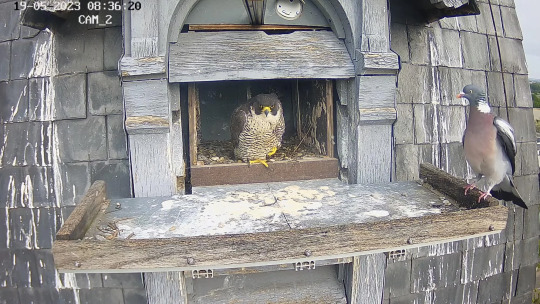
45K notes
·
View notes
Text
depiction of the sopping nasty muddy robin i saw building a nest
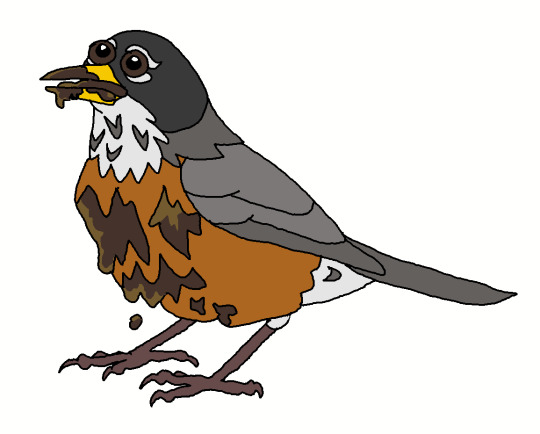
American Robins line their nests with mud, and shape the nest with their bodies. which means it is a full body mudding experience. they also carry big gobs of mud in their bills.
3K notes
·
View notes
Text

Can’t believe this is one of the guys who’ll choose the next pope I just saw him attack his own reflection repeatedly
5K notes
·
View notes
Photo
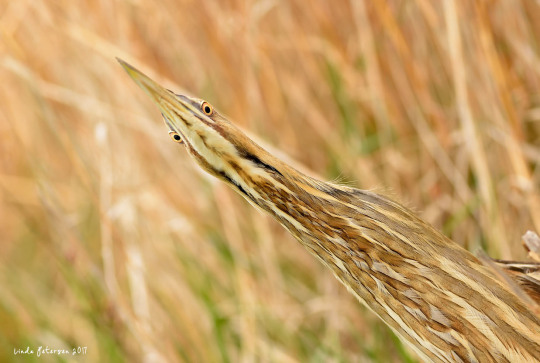
Bittern by Linda Petersen American Bittern (Botaurus lentiginosus)
6K notes
·
View notes
Text
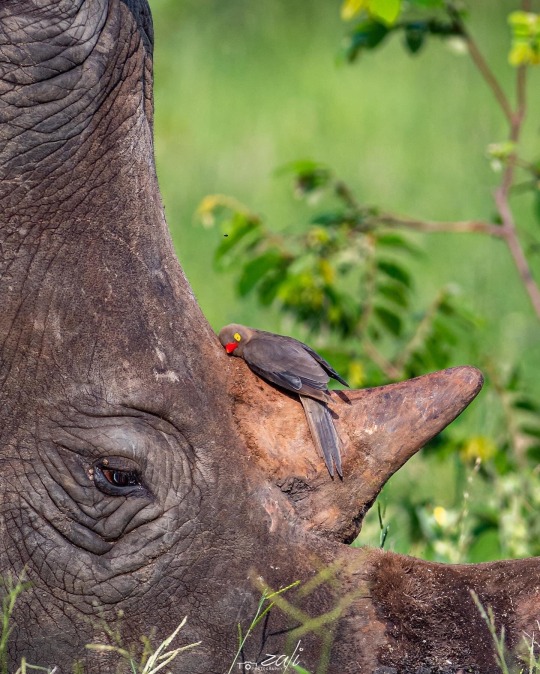
Red-billed Oxpecker (Buphagus erythrorhynchus) on a rhino, sound asleep.
In South Africa by Zaheer Ali: Zali_Photo
23K notes
·
View notes
Text

Brother Ignatz trying to get out of dish duty by pretending to be a stand of reeds. again.
41K notes
·
View notes





